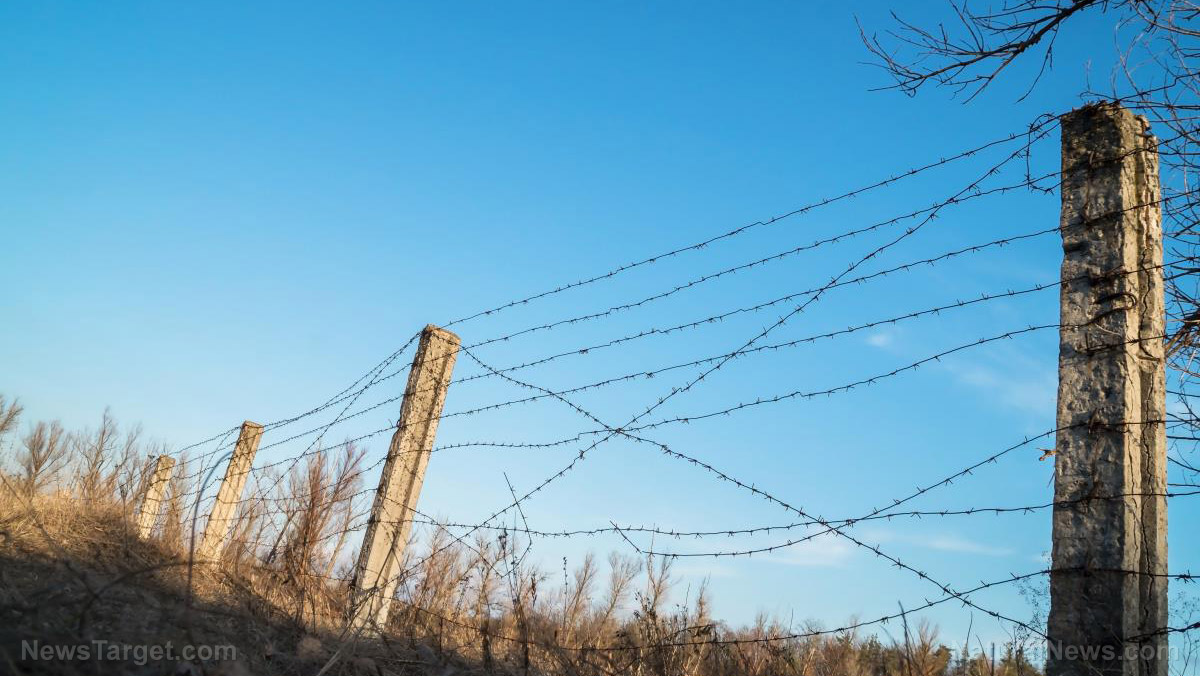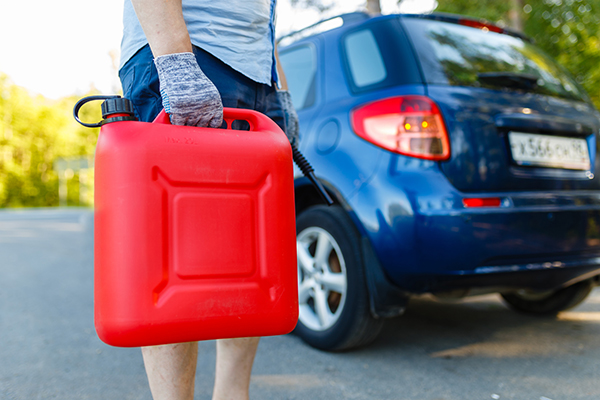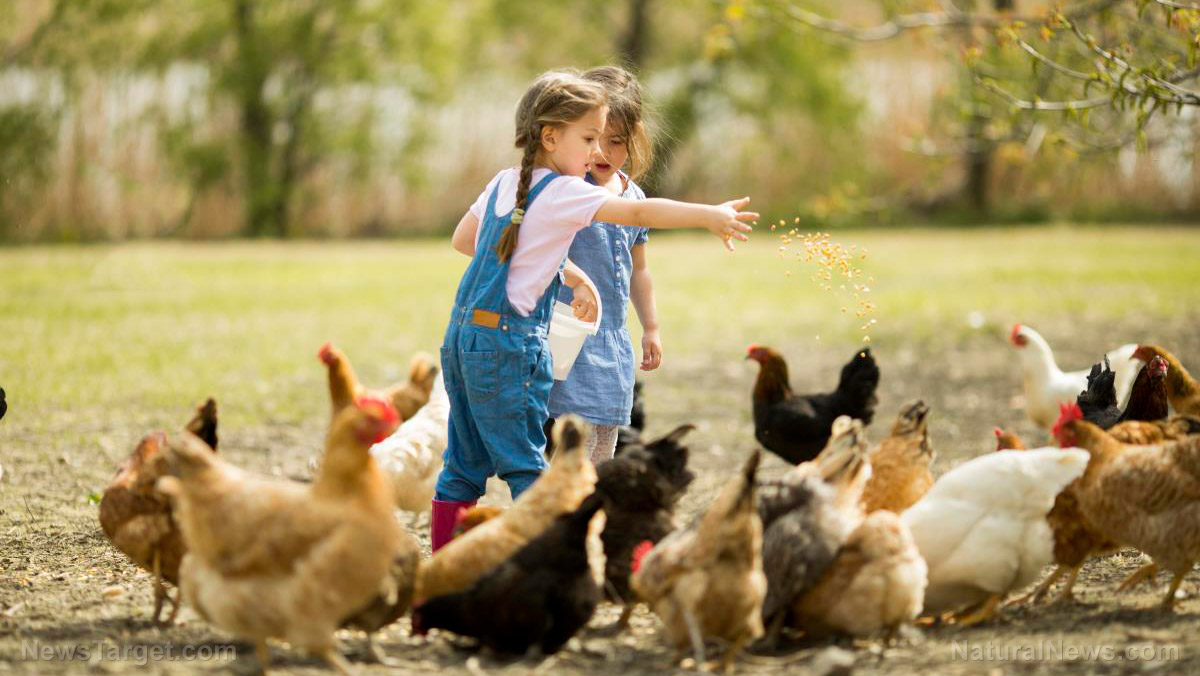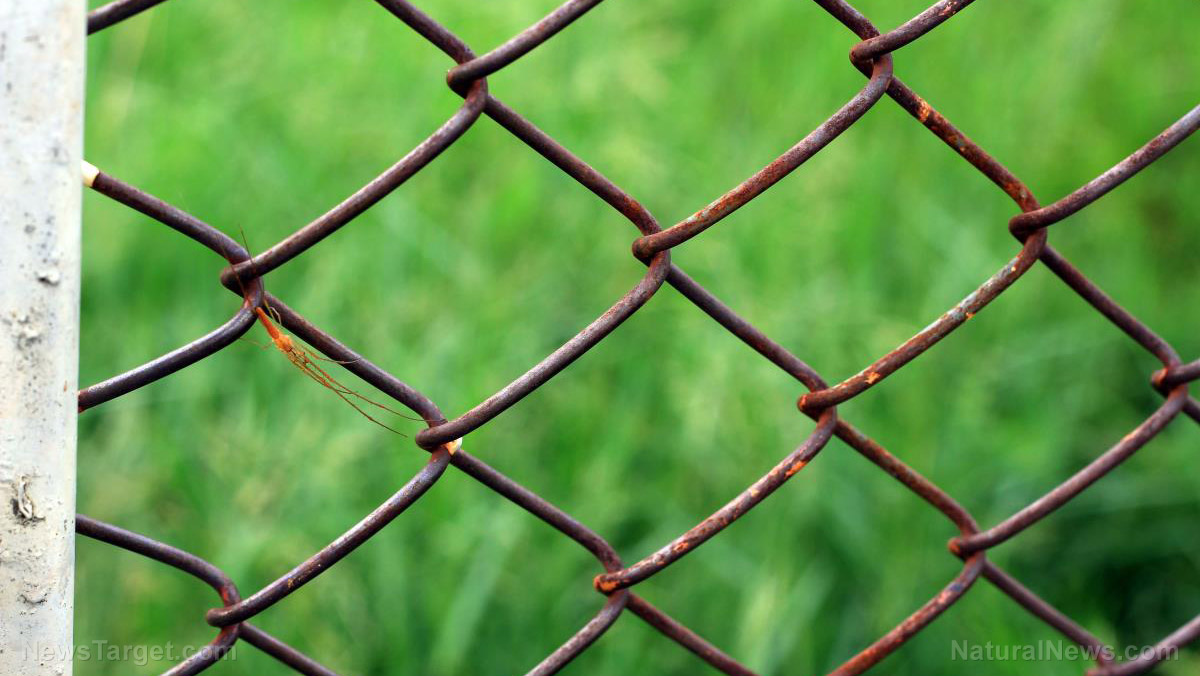4 Ways to dispose of trash when disaster strikes
02/16/2020 / By Darnel Fernandez
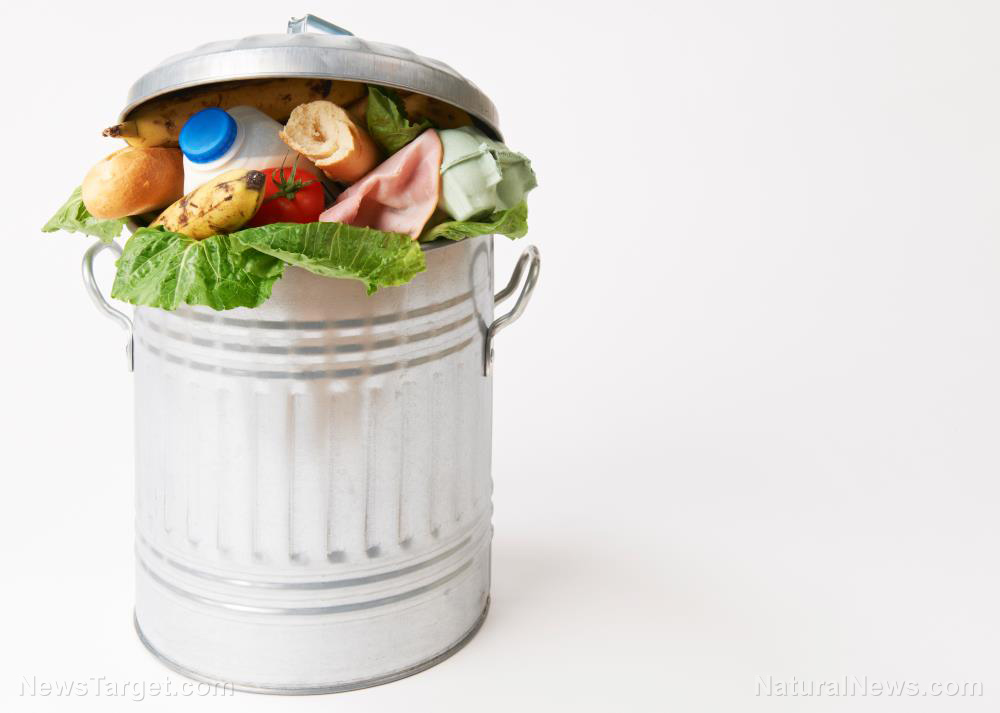
Sanitation and waste disposal will be of great importance (and problem) in any disaster scenario. The EPA reports that the average American produces about 4.4 pounds of garbage a day – a total of 29 pounds a week and 1,600 pounds a year. It may not be a big deal at first, but once the garbage truck stops coming around after a major disaster, the garbage will pile up. And wherever waste and filth accrue, it creates a perfect environment for bacteria, viruses and pests like mice, fleas and rats to thrive. In effect, your once safe and clean haven becomes an increasingly deadly environment. This is why learning about other ways to dispose of your garbage is absolutely vital if you want to survive a long-term disaster. (h/t to SurvivalSullivan.com)
Keep your garbage in check
You’ll be surprised at how much waste will accumulate once the local services go down in a post-SHTF society. However, there will generally be less waste overall than before because most store shelves would have been ransacked only a few hours after disaster strikes. But still, the garbage has to go somewhere, especially if you don’t want to attract any pests. Here are four tried-and-tested methods that are sure to help you minimize your trash problems during an SHTF scenario. (Related: Prepping for disaster? 8 basic tips to save your homestead.)
Burn it
On a small scale, burning your garbage can be a quick and easy method of disposal, especially for excess paper products and plant materials. However, even small-scale burning can run the risk of drawing attention to yourself, so try to keep the smoke to a minimum.
As for what to burn and what to keep away from the burn pile, contrary to popular belief, plastics that absolutely cannot be repurposed in any way should go straight into the burn bin. Plastic bottles and food containers can be turned into items that can be useful around a survival homestead or bug-in shelter. Furthermore, keeping small pieces of scrap wood around can come in handy, especially when you need to start building things. So it’s best to sort out your scrap wood instead of burning everything in sight.
Bury it
If you have enough space, burying your solid wastes can be an effective means of disposal. Scatter around some lime to deter rodents and stop the spread of disease – it also kills the smell of decaying organic items. When digging your garbage pit, put it as far away as possible from any water source to avoid contamination from oils, medical waste and mechanical fluids. A more expensive option is to encase the pit with concrete to minimize any chance of contaminants escaping from it and leaching into the soil.
Compost it
Any organic material that isn’t completely rotten can be used to create compost. If you’re keeping livestock or poultry, you can shift your food scraps to their pen or coop as long as its safe for them to eat. The dirt inside their pen or coop can be considered a compost pile.
Some non-food items can also be added to the compost pile, such as cardboard, paper towels, coffee grounds, tea bags and corks.
Upcycle it
In a post-SHTF scenario, you probably won’t be throwing out that many things. Plenty of items that you would consider garbage under normal circumstances can be reused and repurposed into other useful items. Things like plastic jugs and old tires can be used as containers to plant crops, herbs and medicinal plants. Damaged clothing can be used as sewing fabric and cleaning rags. The only thing limiting the reuse of certain items is your creativity.
The idea of having too much garbage in a world without reliable waste disposal systems can be terrifying, but these disposal methods can make living in a post-SHTF society a lot easier.
Sources include:
Tagged Under: bug in, bug out, burning, burying, Composting, disaster, Disasters, emergencies, garbage disposal, homesteading, off grid, prepping, SHTF, survival, trash, upcycling, waste, Waste disposal
RECENT NEWS & ARTICLES
COPYRIGHT © 2017 · SURVIVAL NEWS



